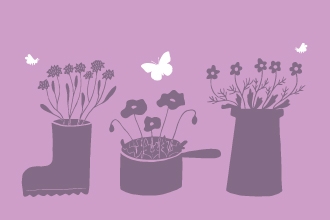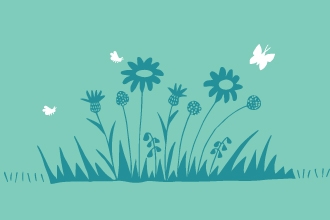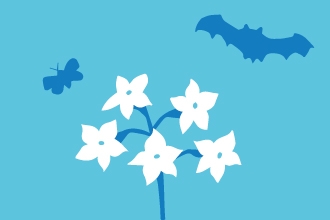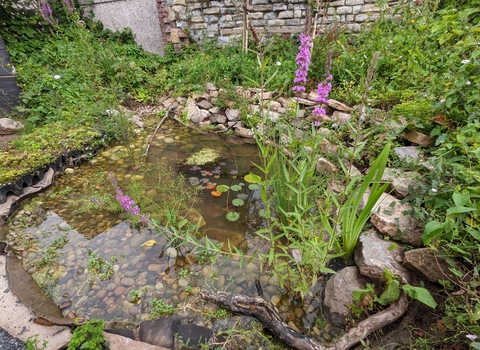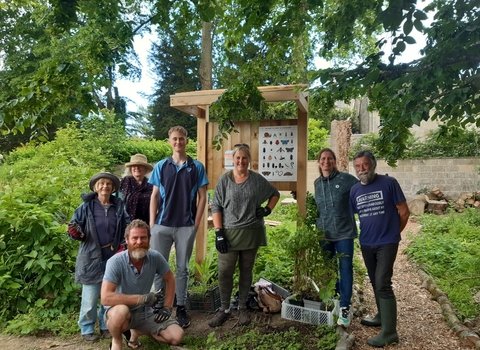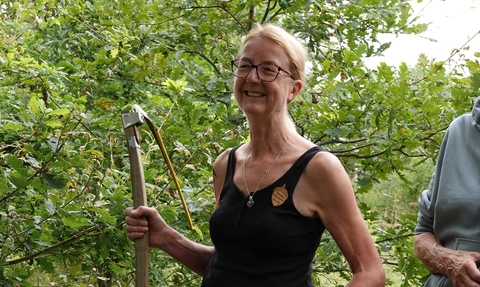
Amie Cook
Pill Paddock and Penny Brohn UK
Pill Paddock and Penny Brohn UK
"The management of Pill Paddock has recently been handed back to the Parish Council to maintain. Following the advice we received from Avon Wildlife Trust experts on other areas of green spaces, it would be good to get some expert feedback on this land."
Overview
Pill Paddock is a small wet meadow that historically held horses, but is now a dog-walking route with lush grass and a pond, surrounded by a thick and tall native hedgerow.
It is located on the outskirts of a satellite village just west of Bristol city, and is an important area for wildlife surrounded by grazing pasture.
During the intitial TWEAS consultation, we discussed how to enhance and work with the existing natural characteristics of the land, including the wetter characteristics of the field, as indicated by yellow flag iris growing up in the middle area, and the existing man-made pond.
The woodland is affected by Ash Dieback and has a lot of fallen wood as well as trees that may either fall down or need to be cut down or trimmed. These could provide great habitat for invertebrates, and food and habitat for birds and mammals. We also discussed the potential for educational signage, to protect some of the areas from damage by dogs and foster interest in the wildlife habitats and management. Encouraging users to stay on the path, and keep dogs out of the pond by managing vegetation.
Following the initial support with Pill Paddock, Sue also connected with the land manager of the Penny Brohn UK site on the other side of the village. There was a large sloping field that is owned by the charity that they currently don’t use. There is a local Site of Nature Conservation Interest at the bottom of the hill comprising of a fishing lake, several streams and numerous huge, old black poplar trees.
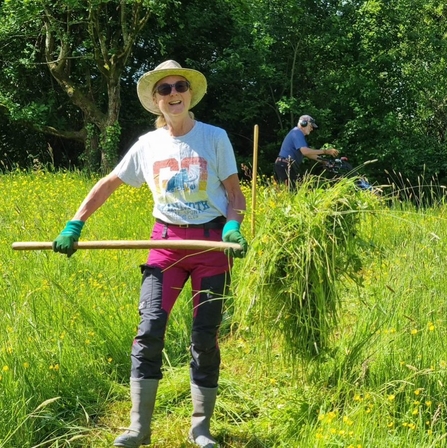
Sue, Pill and Easton in Gordano Wildlife Group
Advice from Team Wilder Ecological Advisory Service
Pill Paddock
We discussed harvesting the hazel available from the woodland edge, that has historically been coppiced, and using this to create dead hedging. This stimulates nut production and regrowth in the trees which benefits wildlife.
We also talked about the grass in the paddock being very lush, and very wet, and how this can result in a valuable plant community if it's managed correctly. Scything was recommended to gently remove the grass growth twice a year, allowing more delicate species to come through.
We also talked about clearing some of the grass turf to introduce wildflowers plugs of corky-fruited water dropwort, gypsywort, and grass-reducing parasitic species such as yellow rattle and marsh lousewort.
Lastly, we discussed the addition of educational signage at the site to help residents understand the value of the paddock to wildlife, why certain management decisions were made, and how to support the space.
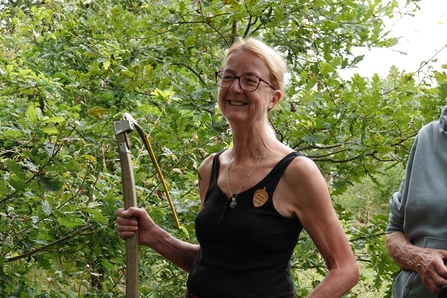
Amie Cook
Penny Brohn
We talked about planting fruit-bearing trees such as mulberries, plums, cherries and apple trees as a public orchard.
We also discussed planting more alder, willow and oak at the base of the hill to provide some soil capture and to slow water run off from the hill.
Another idea was to reinstate a heavily damaged native hedgerow in the centre of the site and creating microclimates in the grassland by varying grass length. This could support ground nesting birds, invertebrates such as glow worms, reptiles and small mammals.
Lastly, we talked about only mowing specific paths to encourage people away from central areas of the site so that birds would benefit from less disturbance.
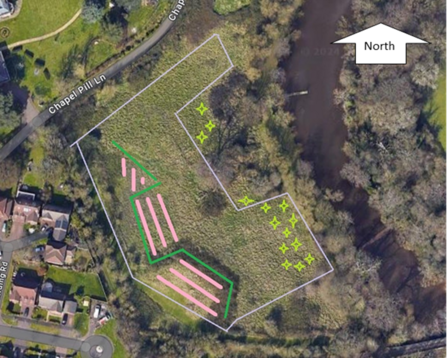
Amie Cook
LEGEND Lilac line: mown access path. Green line: replanted hedgerow and scrub Pink lines: shade tolerant wet meadow wildflower areas. Lime green stars: areas for planting wet woodland trees.
Resulting Actions
- Sue now runs ‘flappy hour’ guided bat walks in the Pill Paddock between April and September
- Organised a community training event to scythe the Paddock in Autumn 2024
- Creation of interpretation boards around the paddock to inform local people of the actions to be taken to help local biodiversity (keeping dogs out of ponds, sticking to the paths, etc.)
- Creation of a dead hedge in the paddock to close the gaps and increase the structure of the hedge, also keeping cows and dogs from straying in unwantedly.
What next?
- Promoting a Wildlife Recording Photography competition in Pill
- Liaised with the lead gardener at Penny Brohn UK headquarters to get a TWEAS visit for the site for recommendations to inform the management of a piece of land they own, with hopes it will become a wildlife haven.
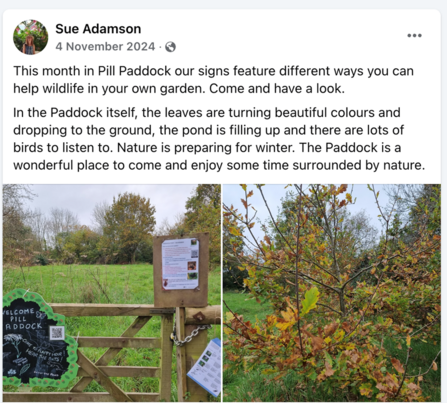
Sue Adamson
This is a fantastic report with lots of useful information.... it’s a fantastic service to provide good quality advice that is helpful for the community. It really works and supports nature and human wellbeing.
When asked what successes she’d had since actioning the advice:
“Subsequent engagement from younger people (i.e. 12 children for hibernaculum building) and awareness in the community that the space exists. New signage - paddock post, "flappy hour" helping the public know what to look for, and realising that actions could be staggered throughout the year.”

Barbastella bat (C) C. Robiller-Naturlichter.de
Resources
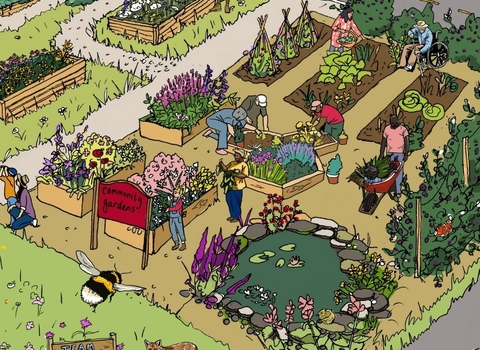
(C) Hannah Bunn
Be part of Team Wilder
All actions for nature collectively add up and creates life for people and wildlife.
Share your actions for nature to inspire and motivate others.
Talk about what you do to make these actions part of everyday life.
Share and tag us on @avonwt on social media as well.
Log your actions for nature on the map

